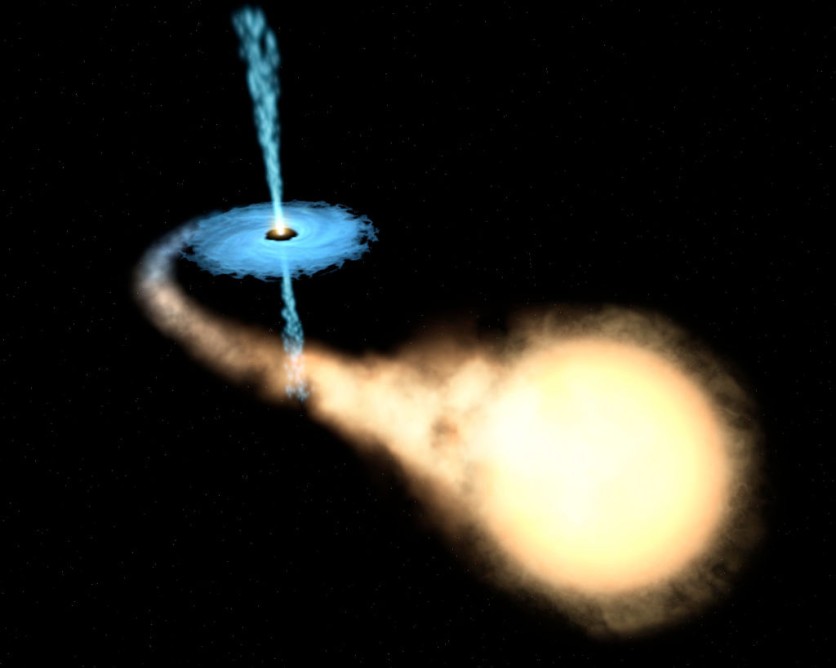A team of astronomers from Durham University, UK, have made an exciting discovery, having identified one of the biggest black holes ever found using a phenomenon called gravitational lensing.

Ultramassive Black Hole
Gravitational lensing occurs when a foreground galaxy bends the light from a more distant object, magnifying it, and allowing scientists to study it in greater detail.
The team was able to use supercomputer simulations on the DiRAC HPC facility to analyze how light is bent by a black hole within a galaxy hundreds of millions of light-years from Earth.
This method allowed them to detect an ultramassive black hole, which is over 30 billion times the mass of our sun, in the foreground galaxy. It must be noted that an object on a scale like this is a rare find for astronomers.
"Most of the biggest black holes that we know about are in an active state, where matter pulled in close to the black hole heats up and releases energy in the form of light, X-rays, and other radiation," Dr. James Nightingale, the lead author of the study, said in a press release statement.
"However, gravitational lensing makes it possible to study inactive black holes, something not currently possible in distant galaxies. This approach could let us detect many more black holes beyond our local universe and reveal how these exotic objects evolved further back in cosmic time."
This black hole is one of the largest ones ever discovered and is on the upper limit of how huge astronomers believe black holes may theoretically grow, according to the team.
Dr. Nightingale's team first noticed the giant arc of a gravitational lens in 2004 when fellow Durham University astronomer, Professor Alastair Edge, reviewed images of a galaxy survey.
With the help of some extremely high-resolution images from NASA's Hubble telescope and the DiRAC COSMA8 supercomputer facilities at Durham University, Dr. Nightingale and his team were able to explore this phenomenon in greater depth.
Deeper Exploration of Mysterious Black Holes
This discovery could be the first step in enabling deeper exploration of the mysteries of black holes. It is hoped that future large-scale telescopes will help astronomers study even more distant black holes and learn more about their size and scale.
The study was supported by the UK Space Agency, the Royal Society, the Science and Technology Facilities Council (STFC), part of UK Research and Innovation (UKRI), and the European Research Council.
The team used both the DiRAC Data Intensive Service (CSD3) and the DiRAC Memory Intensive Service (COSMA8), hosted by the University of Cambridge and Durham University on behalf of the DiRAC High-Performance Computing facility.
The team's groundbreaking discovery was published in the journal Monthly Notices of the Royal Astronomical Society on Wednesday, March 29, 2023.
Related Article : Astronomers Raise 'Imminent' Collision of Two Supermassive Black Holes With Combined Mass of 200 Million Suns!

ⓒ 2026 TECHTIMES.com All rights reserved. Do not reproduce without permission.




